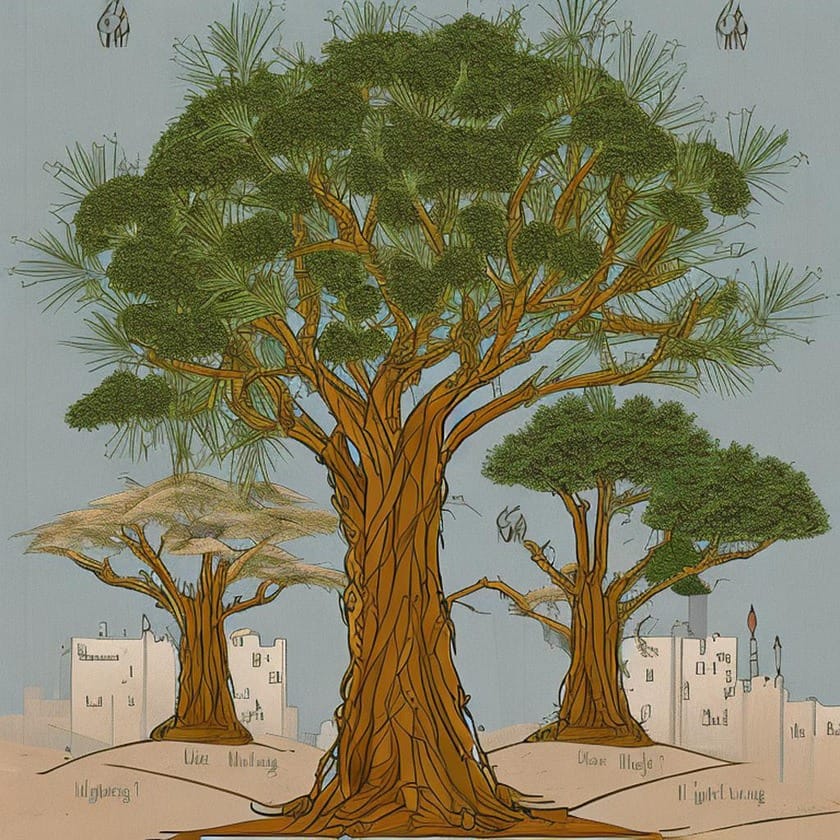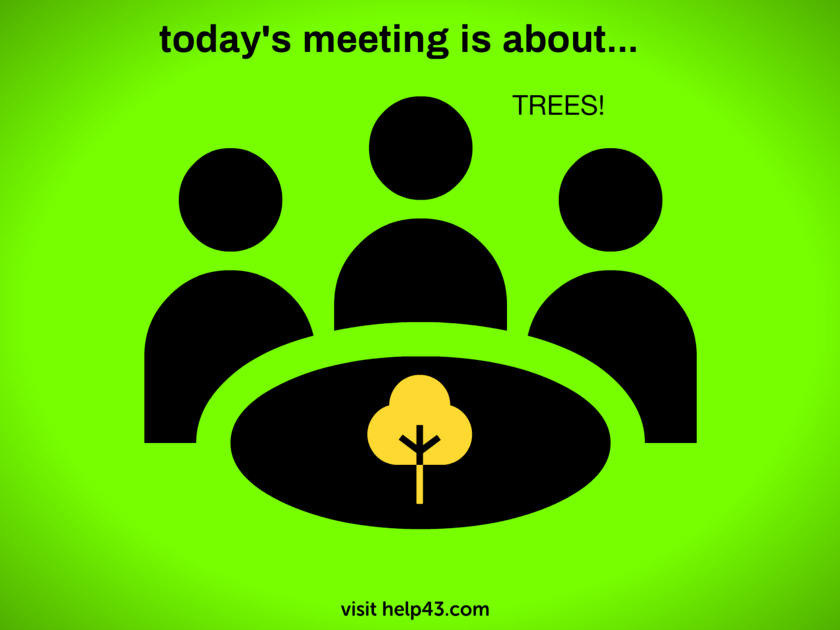Sacred trees in the Middle East
Sacred trees have played an important role in Middle Eastern cultures for thousands of years. They are often associated with religious beliefs and are the focus of many rituals and ceremonies.
In many Middle Eastern cultures, trees are seen as symbols of life, growth, and renewal. They are often used as a way of connecting with the divine, and many people believe that trees are the physical embodiments of gods or goddesses.
Trees are also often used as places of worship. People may leave offerings at the base of the tree or tie ribbons or other objects to its branches as a symbol of their prayers or hopes. In some cultures, sacred trees are believed to have healing properties, and people may seek out their shade or drink the water that flows at their roots as a way of treating illness.
In addition to their religious significance, sacred trees have also played an important role in Middle Eastern art and literature. They are often depicted in paintings, poems, and other forms of art, and their beauty and symbolism have inspired many artists over the years.
Unfortunately, many of the sacred trees in the Middle East are at risk due to deforestation, climate change, and other environmental threats. This has led to efforts to protect and preserve these trees, both for their cultural significance and for their ecological value.
Efforts to protect sacred trees in the Middle East include the establishment of nature reserves, the promotion of sustainable forestry practices, and the education of local communities about the importance of preserving their cultural heritage. By working together to protect these trees, we can ensure that they continue to play an important role in Middle Eastern culture for generations to come.

Examples of sacred trees in the Middle East and their symbolic significance
The Cedar of God – The Cedar of God is a type of cedar tree that is considered sacred by many Middle Eastern cultures and is associated with strength, protection, and immortality. The tree is often mentioned in biblical texts and is considered to be one of the most important trees in the region.
The Olive Tree – The olive tree is considered sacred in many Middle Eastern cultures and is associated with peace, wisdom, and victory. The olive branch was also a symbol of peace, and is still used as such today. In the Bible, olive trees are mentioned as a source of food, oil, and wood, and as a symbol of prosperity and fertility.
The Terebinth Tree – The Terebinth tree is a type of oak tree that is considered sacred by many Middle Eastern cultures. The tree is associated with strength, stability, and protection, and is often used as a symbol of power and protection.
The Date Palm Tree – The date palm tree is considered sacred in many Middle Eastern cultures and is associated with fertility, abundance, and the cycle of life. Date palms are often planted near homes and villages as a symbol of prosperity and protection, and the fruit of the tree is considered a symbol of abundance and good fortune.
The Sycamore Tree – The sycamore tree is considered sacred in many Middle Eastern cultures and is associated with protection and fertility. The tree is often planted near homes and is believed to bring good luck and abundance. In the Bible, the sycamore tree is mentioned as a source of food, wood, and shelter, and as a symbol of fertility and prosperity.
These are just a few examples of the many sacred trees found in the Middle East, each with its own unique symbolism and significance. For many Middle Eastern cultures, trees are seen as gifts from God and are considered essential for the well-being of the community.
Shop Corner
Sacred trees in the Middle East On Amazon
Thank you for likes, shares and comments! 🌳🌴🌲🌵
Source OpenAI’s chatGPT Language Models, Dalle, AI trot and Fleeky
images Picsart and MIB
Invest in your future
Take time to learn
Embark on your journey in affiliate marketing and website creation alongside an incredible community and myself. Invest in your future by dedicating time to learn and earn. Take all the time you need to master the basics before aiming higher. Give it a try and sign up for free. You won't regret it! Discover the possibilities for yourself...


